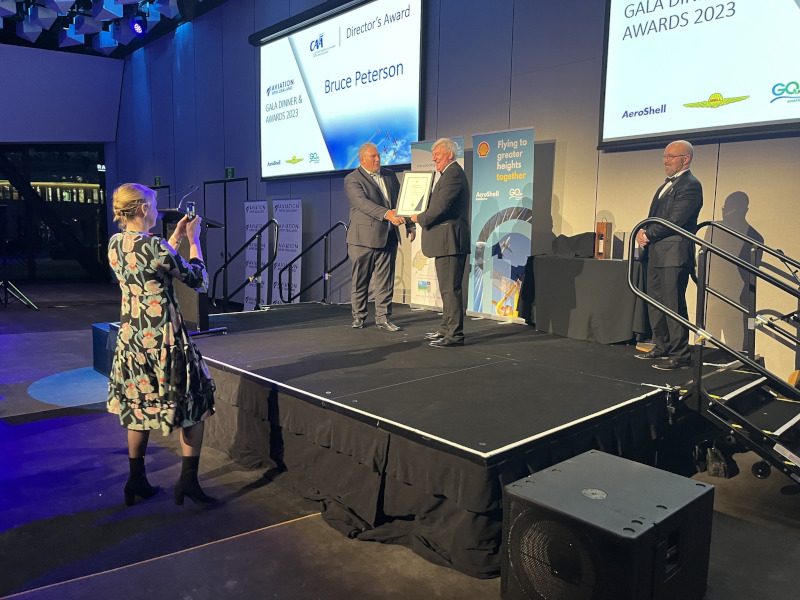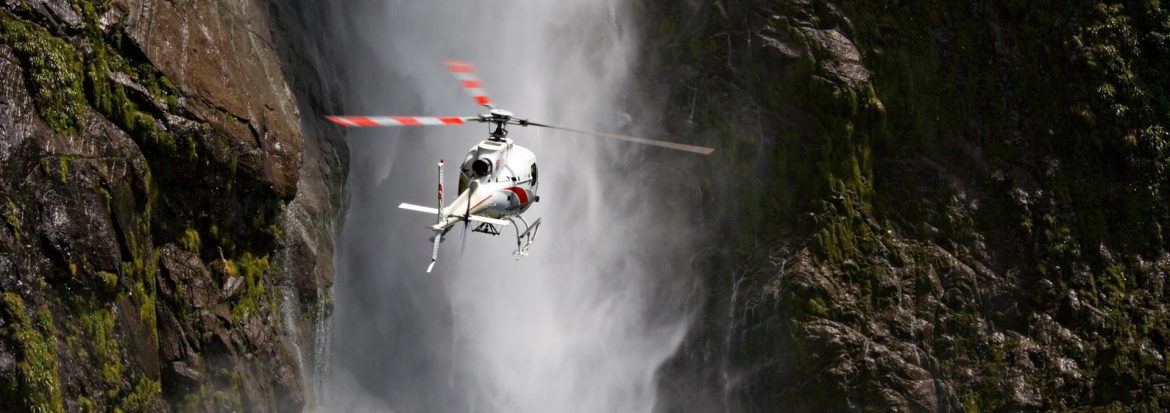Aviation NZ
The Voice of Commercial Aviation in New Zealand
Aviation NZ was founded in 1950 (as the Aviation Industry Association) to support the safe growth of aviation in New Zealand. Safety remains of paramount importance. The focus today is commercial General Aviation.
General Aviation (GA) in New Zealand, is defined as aircraft used for many industries including agriculture, animal recovery (live and hunting), scheduled and charter services, freight, heavy lifting, photography, search and rescue, surveillance, and tourism, as well as the companies that service, train, maintain, design or manufacture for them. In more recent times, unmanned aerial vehicles have also undertaken a broadening range of GA activities
Civil Aviation Authority New Zealand statistics show, for GA: 159 Pt 102 operators, 20 Pt 115 operators, 143 Pt 119 operators, 110 Pt 137 operators, 41 Pt 141 organisations, 50 Pt 145 organisations, 11 Pt 146 organisations, 4 Pt 147 organisations, and 11 Pt 148 organisations. There are about 160 Pt 135 operators – they can also be certificated under Pts 115, 119 and 137.

Simon Wallace, Chief Executive
Today, there are 4580 powered aircraft in New Zealand, including 898 helicopters. The Air New Zealand fleet totals 105 aircraft. Over 4400 aircraft are owned by General Aviation commercial companies, or by recreational users. At 1 aircraft per 1118 people, and 1 helicopter per 5702 people, these are probably the highest number of aircraft and highest number of helicopters, per capita, in the World.
New Zealand quickly recognised the possibilities presented by aviation. It pioneered aerial agricultural work (The New Zealand Agricultural Aviation Association, a wholly owned subsidiary of Aviation NZ was established in 1949). The first civilian helicopter was imported in the late 1950s and the NZ Helicopter Association, another wholly owned subsidiary, was established in 1997. UAVNZ was set up in 2015, as another wholly owned subsidiary, to focus on drones.
Safety was the initial focus and it remains central to everything Aviation NZ does. The latest strategic plan, developed in 2022, makes this very clear:
Vision: to enable a safe, sustainable and resilient aviation industry.
Mission: being the voice of the commercial industry by representing our members’ interests and championing safety.
Aviation NZ aims to achieve this by representing members in regulatory matters, advancing professionalism in aviation safety, and being the voice of the commercial aviation industry. Our unique selling proposition is that we speak with one voice.
A number of programmes are now in place. They include:
- Down to the wire – encouraging wires to be removed or clearly marked to improve the safety of aerial agricultural operations;
- AIRCARE – Improves safety, simplifies compliance, guarantees performance and builds customer loyalty’. This programme is currently being reshaped to conform more closely to current regulatory needs;
- District/Regional Plan engagement – to educate and inform agencies on the roles and benefits of aviation; and
- Helicopter safety – programmes with the New Zealand CAA and HAI to address major causes of helicopter accidents and educate the New Zealand industry.
The demand side outlook for commercial GA in New Zealand, at present, is challenging. Primary product returns are falling which impacts on farmer income and their willingness to spend on aerial applications. The Government is also a major customer with pest eradication programmes cut back as it battles inflation and a weakening economy.
New Zealand borders were closed for some time because of Covid. Tourism has not bounced back as strongly as initially projected. The FIFA Women’s World Cup brought a good number of tourists to New Zealand, but this was not necessarily reflected in increased demand for aerial tourism services. Bad weather in the early part of 2023 also impacted adversely on aerial activity in much of the North Island.
A further consequence of the long border closure is that training schools have struggled to attract the numbers of international students that were coming to the country pre-Covid. Capability and capacity in this sector suffered while borders were closed. Air New Zealand and several domestic carriers now face shortages of skilled staff.
Demand for skilled staff is growing throughout the aviation sector. Aviation NZ has proposed that aviation engineers and flight instructors be added to the skills shortage list (the Green list), to make it easier for people with the right qualifications and skills to enter the country. We are also looking at longer term workforce needs and are working with trainers to see how these needs can be addressed.
 On the supply side, given that most aircraft are imported, supply chain problems that built up during Covid, especially in the timely servicing of engines and assemblies overseas, and the regular supply of parts to New Zealand, continue to present headaches for many maintenance organisations and operators.
On the supply side, given that most aircraft are imported, supply chain problems that built up during Covid, especially in the timely servicing of engines and assemblies overseas, and the regular supply of parts to New Zealand, continue to present headaches for many maintenance organisations and operators.
The diverse fleet means New Zealand cannot benefit from economies of scale. Small fleets present maintenance and operational challenges. Parts can be expensive, especially if they are one-offs. We face challenges in training and knowledge retention, in having the right equipment in the right place at the right time, and providing sufficient volumes of work to support purchases of specialist equipment (engineering and aircraft). As is well known in aviation: diversity adds cost.
While the outlook may be challenging, the Aviation NZ Conference in Christchurch, from 6 to 8 August 2023, themed ‘Aviation, a resilient and flourishing industry’ attracted large numbers of participants, primarily from New Zealand but also from Australia and North America. The atmosphere was enthusiastic and encouraging.
Under the resilient theme, companies were given some ideas they could use to be more informed, and their businesses better prepared for what tomorrow will bring. This was complemented by a wide range of technical sessions covering areas such as improving safety, appreciating the impacts of regional and district plans (as well as the impact of freshwater management and greenhouse gas issues), and improving knowledge and understanding of recent technology changes.
Under the flourishing theme, conference attendees learned of several examples of technology developed in New Zealand (Pyper Vision, Eye in the Sky and Kea Aerospace) for the global market. This was complemented by sessions on how new technologies (UAVs) can work alongside helicopters.
Over 1000 aircraft have been manufactured in New Zealand. New Zealand companies export a diverse range of products and services to all continents, including Antarctica. New Zealanders are found all around the globe, working in aviation; testimony to the training, skills and knowledge gained in the country.
While the outlook may be challenging, commercial GA operators are facing the future with optimism. That spirit of innovation, so apparent in the early days of the aviation industry, remains strong in New Zealand today.
AT A GLANCE
Aviation New Zealand
What: A leading association dedicated to being the voice of the commercial aviation industry by representing their members’ interests and championing safety
Where: Wellington, New Zealand
Website: https://www.aviationnz.co.nz/



 This information will never be shared to third parties
This information will never be shared to third parties